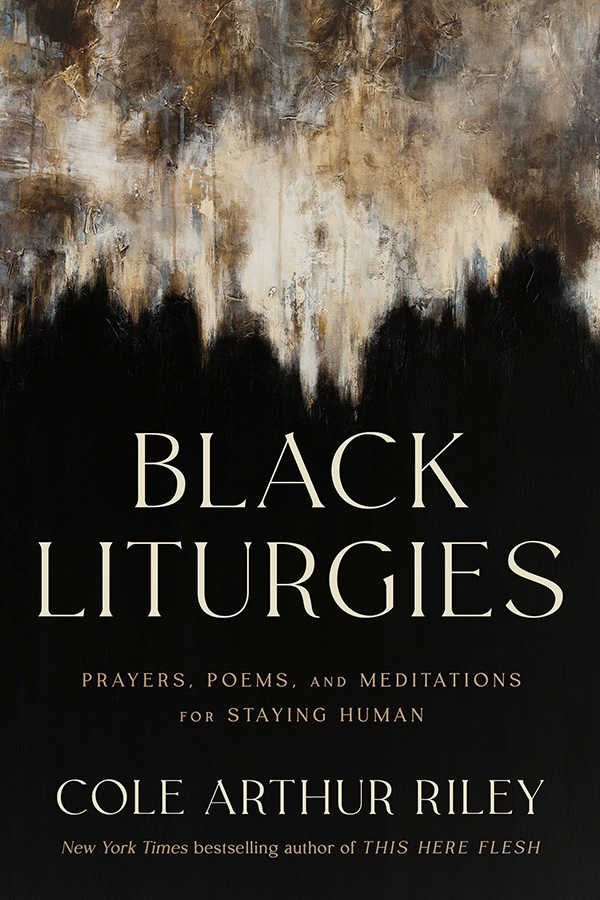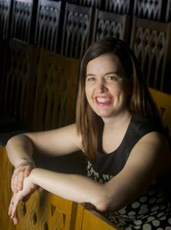“What do these stones mean?” Joshua wanted the Israelites’ children to ask that question in perpetuity. How do we ask it as Christians in America?
My family recently took the requisite American pilgrimage to Washington DC. We visited the Lincoln Memorial on a heart-stoppingly glorious spring evening and pushed through the camera-clicking throng to see the statue of the great man. And our kids asked questions. Who was he? Why is he so important? Is he buried here? Is every president on a dollar bill? Kids whom we can’t get to sit still or keep quiet in church were, suddenly and remarkably, still and quiet.
We showed them the newly renovated Museum of American History, with its impressive display of the flag that flew over Baltimore Harbor as Frances Scott Key wrote “The Star Spangled Banner.” “Why were there bombs?” Well, there was a war between the US and Britain. “Aren’t we friends with them now?” Yes. Why weren’t we then? They learned a new word on this trip, one they’ve been using in their defense in inner-family squabbles ever since: “It’s complicated.”
Washington D.C. shows you the wisdom of the book of Joshua. After the people crossed over the Jordan, Joshua told leaders from each of the 12 tribes to gather stones from the middle of the river and set them up on the shore, “So that this may be a sign among you. When your children ask in time to come, ‘What do those stones mean to you?’ Then you shall tell them that the waters of the Jordan were cut of in front of the ark of the covenant of the Lord. . . These stones shall be to the Israelites a memorial forever” (Joshua 4:6-7). The entire city of Washington is built to be a “memorial forever,” with its mix of Enlightenment rationalism (“the Capitol is built on a perfect north/south axis,” our guide intoned) and eclectic quasi-Christian symbolism (“here on this wall of the rotunda we have a painting of the baptism of Pocahontas.”).
It left me wondering where our stones are as a church. Where do we take pilgrimage to induce our children to ask about the way of Jesus, “What do these stones mean?” Well, you see we were slaves in Egypt. You see we were slaves to our sin. Then there was a man named Augustine. A woman named Julian. A man named King. I know we can do this to various pilgrimage sites around the US. Ebenezer Baptist Church in Atlanta. The National Cathedral. Grace Cathedral in San Francisco. They all seem to have tall steeples. And they bore my kids as much as the US Capitol did on this trip.
Lincoln did not bore them. They wanted to know about the man they’d heard of, with whom they were now, as it were, coming face to face.
Their interest didn’t last. Soon, they were chasing each other and knocking each other off forbidden climbing spots and worrying various park rangers, parents and other visitors. But for a moment they stopped, noticed and asked.
As Christians in the US, we have fewer holy places than even our own secular governments do. There are some Catholic shrines, and there doubtless would have been countless of places sacred to First Nations peoples, now trampled over and forgotten. It’s often said that old Europe was full of enchanted places. Every brook and stream and rock had some pre-Christian story of an elf or fairy or nymph. Christendom, with all its grievous sins, kept holy places alive, even if the stories often changed. Saints local and national and catholic filled the landscape of an enchanted world. Don’t get me wrong, Christendom was brutal and nasty in many ways. But you could go to a specific place and tell a story about it to your children. “I’m frightened here, why?” “Why’s this place feel special?” “What do these stones mean?”
Our national government in this country has mastered this, it seems to me. Why haven’t we in this place done so as Christians?








